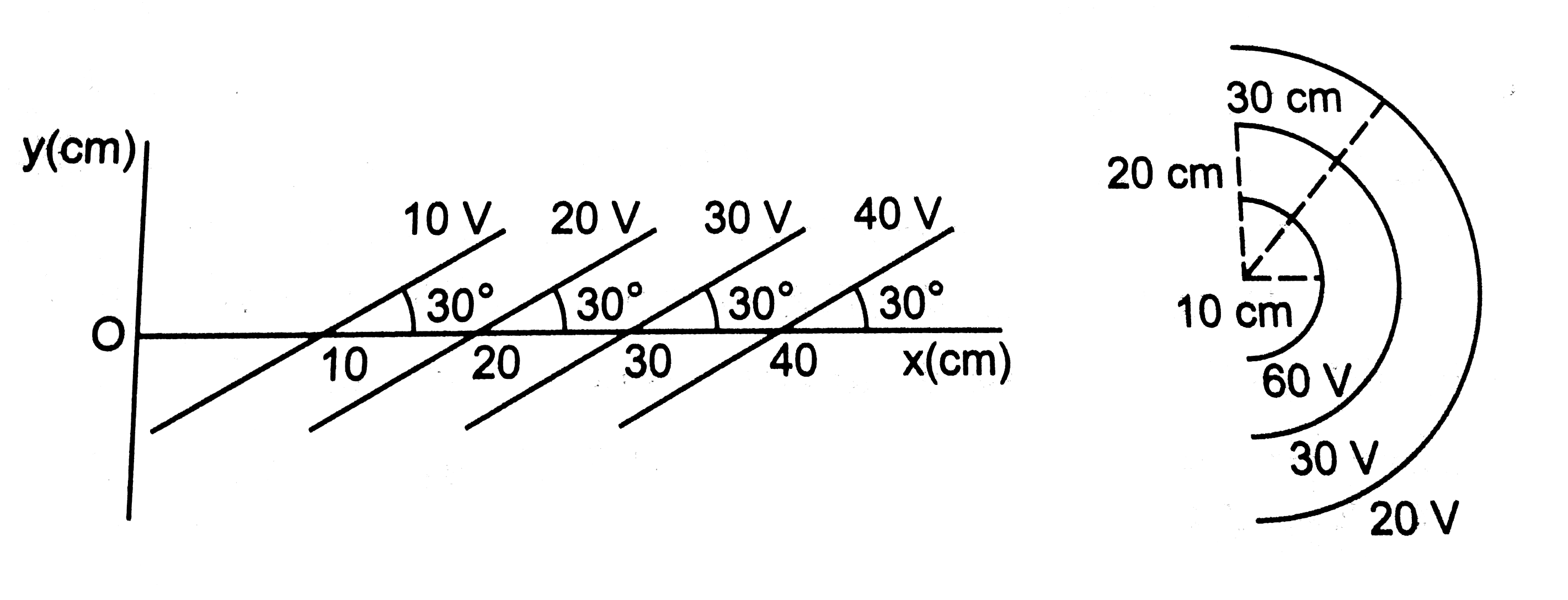Show how an aldohexose can be used to synthesize 2-ketohexose.
Since glucose is converted to fructose by this method, what can you say about the configuration of C3,C4 and C5 in the sugars.
To synthesize a 2-ketohexose from an aldohexose, we can use glucose (an aldohexose) as our starting material. The process involves a series of steps that convert the aldehyde group of glucose into a ketone group, resulting in fructose (a 2-ketohexose). Here’s how the synthesis can be outlined step by step:
Step 1: Structure of Glucose
First, we need to recognize the structure of glucose, which is an aldohexose. The structure can be represented as follows:
- Glucose Structure:
- CHO (aldehyde group)
- C1: CH2OH
- C2: OH
- C3: OH
- C4: OH
- C5: OH
- C6: CH2OH
Step 2: Base Addition
When a base is added to glucose, it abstracts a proton from the aldehyde group. This leads to the formation of an alkoxide ion and the creation of a double bond between C1 and C2.
- Intermediate Structure:
- C1: C=O (double bond)
- C2: OH
- C3: OH
- C4: OH
- C5: OH
- C6: CH2OH
Step 3: Proton Abstraction
Next, a proton source abstracts a proton from C2, allowing the formation of a double bond between C2 and C3. This step is crucial for the conversion process.
- Intermediate Structure:
- C1: C=O
- C2: C=C (double bond)
- C3: OH
- C4: OH
- C5: OH
- C6: CH2OH
Step 4: Further Base Addition
Another equivalent of base abstracts a proton from C3, leading to the formation of a double bond between C3 and C4.
- Intermediate Structure:
- C1: C=O
- C2: C=C
- C3: C=O (now a ketone)
- C4: OH
- C5: OH
- C6: CH2OH
Step 5: Final Product Formation
Finally, the proton source abstracts a proton from C4, leading to the formation of fructose, which is a 2-ketohexose.
- Fructose Structure:
- C1: C=O (ketone)
- C2: OH
- C3: OH
- C4: OH
- C5: CH2OH
Step 6: Configuration Analysis
During the conversion from glucose to fructose, the configuration at C3, C4, and C5 remains unchanged. This means that the stereochemistry at these carbon centers does not alter during the reaction.
- Conclusion:
- The configuration at C3, C4, and C5 is the same in both glucose and fructose.
Summary
In summary, glucose (an aldohexose) can be converted to fructose (a 2-ketohexose) through a series of proton abstraction and double bond formation steps. The configuration at C3, C4, and C5 remains unchanged, indicating that these centers retain the same stereochemistry in both sugars.
First, we need to recognize the structure of glucose, which is an aldohexose. The structure can be represented as follows:
- CHO (aldehyde group)
- C1: CH2OH
- C2: OH
- C3: OH
- C4: OH
- C5: OH
- C6: CH2OH
When a base is added to glucose, it abstracts a proton from the aldehyde group. This leads to the formation of an alkoxide ion and the creation of a double bond between C1 and C2.
- C1: C=O (double bond)
- C2: OH
- C3: OH
- C4: OH
- C5: OH
- C6: CH2OH
Next, a proton source abstracts a proton from C2, allowing the formation of a double bond between C2 and C3. This step is crucial for the conversion process.
- C1: C=O
- C2: C=C (double bond)
- C3: OH
- C4: OH
- C5: OH
- C6: CH2OH
Another equivalent of base abstracts a proton from C3, leading to the formation of a double bond between C3 and C4.
- C1: C=O
- C2: C=C
- C3: C=O (now a ketone)
- C4: OH
- C5: OH
- C6: CH2OH
Finally, the proton source abstracts a proton from C4, leading to the formation of fructose, which is a 2-ketohexose.
- C1: C=O (ketone)
- C2: OH
- C3: OH
- C4: OH
- C5: CH2OH
During the conversion from glucose to fructose, the configuration at C3, C4, and C5 remains unchanged. This means that the stereochemistry at these carbon centers does not alter during the reaction.
- The configuration at C3, C4, and C5 is the same in both glucose and fructose.
In summary, glucose (an aldohexose) can be converted to fructose (a 2-ketohexose) through a series of proton abstraction and double bond formation steps. The configuration at C3, C4, and C5 remains unchanged, indicating that these centers retain the same stereochemistry in both sugars.
Similar Questions
I |→a|=3and−4≤k≤1, then what can you say about |kveca| ?
View SolutionIf A and B are any two 2×2 matrices such that AB=BA=B and B is not a zero matrix, what can you say about the matrix A ?
View SolutionUsing vector method, show that the points A(2,−1,3),B(4,3,1)andC(3,1,2) are collinear
View SolutionSome equipotential surfaces are shown in figure(29.E3) What can you say about the magnitude and the direction of the electric field?

View SolutionSound travels in a gas with a speed of 1286 m/s at 273K. If the molar mass of the gas is 2×10−3kg, what can you say about the gas?
View SolutionBy looking at a plant externally can you tell whether a plant is C3orC4 ? Why and how?
View SolutionBy looking at a plant externally can you tell whether a plant isC3orC4? When and how ?
View Solution→A,→Band→C are three non-collinear, non co-planar vectors. What can you say about direction of →A×−−−−→B×→C) ?
View SolutionBy looking at which internal structure of a plant can you tell whether a plant is C3orC4 ? Explain.
View SolutionBy looking at which internal structure of a plant can you tell whether a plant is C3orC4 ? Explain.
View Solution